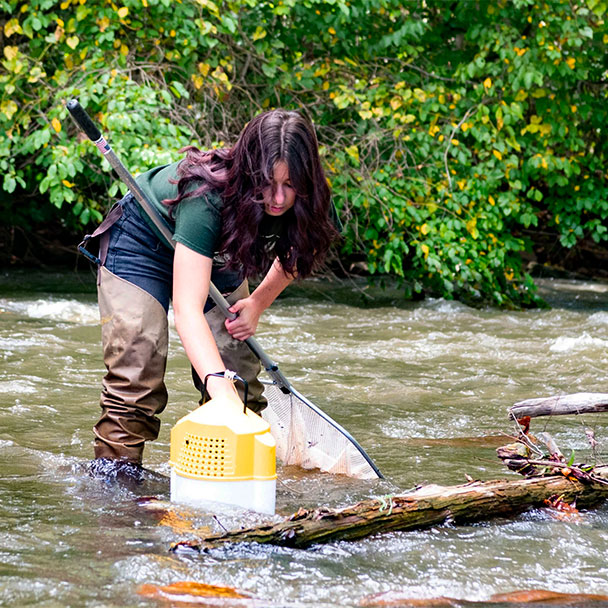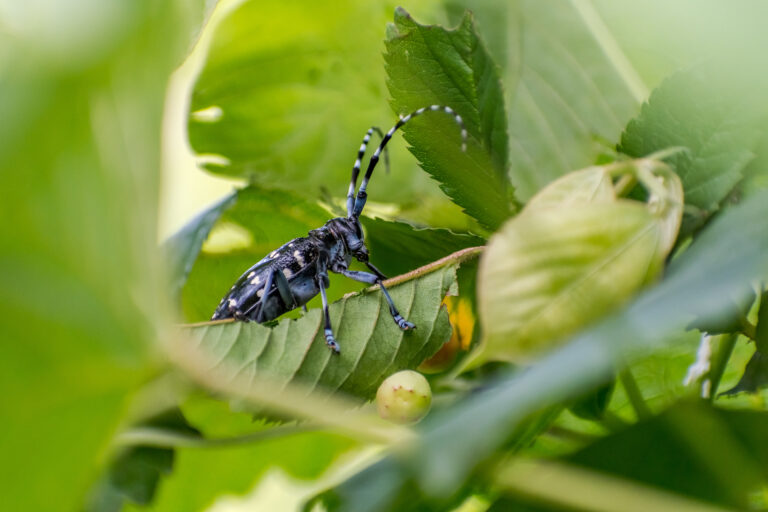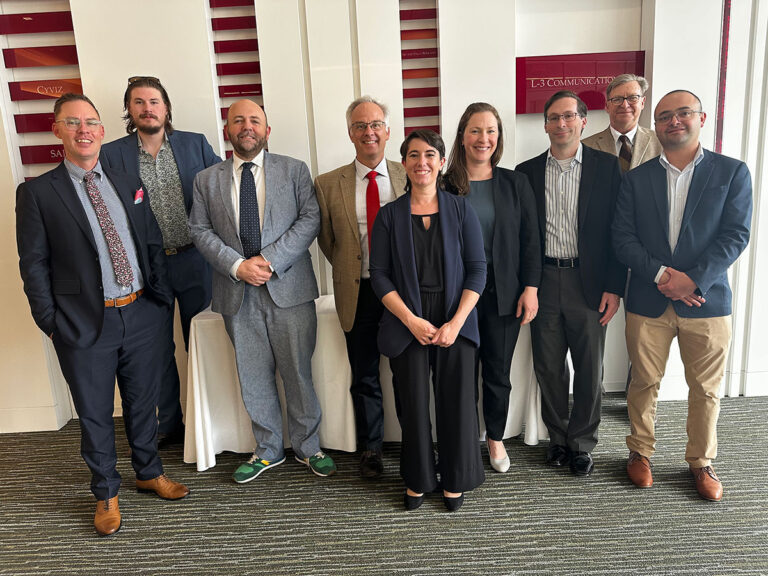The Invasive Species Collaborative will develop research-based teams throughout the university and create transdisciplinary partnerships with government and tribal agencies, non-governmental organizations, private industries, and local communities to promote a deep understanding of invasive species’ impacts on society. In doing so, we will foster a holistic environment where science, policy, and the humanities meet to tackle this global challenge.

What We Do
Invasive species pose significant risks to agriculture, natural resources, infrastructure, recreation, rural livelihoods, and human health. Habitat loss and climate change are related global change challenges.
The Invasive Species Collaborative at Virginia Tech integrates invasion science with the policy, management, and social demands associated with confronting this global crisis. We bring together biologists and resource managers, social scientists, policy experts, and other stakeholders to facilitate new partnerships across Virginia, the United States, and the World.
Mitigating invasive species through transdisciplinary science
We draw on Virginia Tech’s presence in the Washington, DC region, partnerships with Virginia Cooperative Extension, and the interdisciplinary networks of the Global Change Center and Fralin Life Sciences Institute to produce original research, connect across branches of knowledge, and train the next generation of policy-minded scientists.
The Invasive Species Collaborative was awarded a Destination Area 2.0 Phase II grant, funded by the Office of the Executive Vice President and Provost. This funding will enable the Invasive Species Collaborative to further their mission to combat invasive species, a global threat that jeopardizes health, economic stability, and environmental security.
What are invasive species?
An invasive species is an introduced, non-native organism that begins to spread or expand its range from the site of its original introduction and has the potential to cause harm to the environment, the economy, or to human health. Harmful, non-native species can be found in all ecosystems across the United States and throughout the world. These species can cause costly economic and ecological damage each year including crop decimation, clogging of water facilities and waterways, wildlife and human disease transmission, threats to fisheries, increased fire vulnerability, and adverse effects for ranchers and farmers (U.S. Geological Survey).
Terminology breakdown:
Non-native species are organisms that have been introduced in areas where they do not naturally occur. While invasive species are also non-native, an important distinction is that their introduction causes or is likely to cause harm to the environment, local economy, and/or human health. As such, “non-native” and “invasive” cannot be used interchangeably.
For instance, many commonly grown fruits (citrus and apples) and vegetables (tomatoes, wheat, and hot peppers) are not native to the United States and were introduced intentionally. The same can be said for certain types of domestic livestock and ornamental plants. These organisms do not harm the spaces in which they inhabit and are considered beneficial by the human communities that utilize or enjoy them.

How much do invasives cost?
Estimated global costs / year = $423 billion (IPBES Invasive Alien Species Assessment Report, 2023)
Estimated costs to the U.S. economy / year = $21 billion (Economic costs of biological invasions in the United States, 2022)
Estimated costs to the Virginia economy / year = $1 billion (Virginia Invasive Species, 2021)
How do we attempt to stop or slow invasive species?
Other methods for stopping, slowing or controlling the spread of invasive species include:
- Legislation aimed at preventing the introduction of new invasive species
- State and federal funding for invasive species monitoring and control efforts
- Quarantine
- Physical control
- Chemical control
- Biological control
- Public education campaigns
Meet The Team


